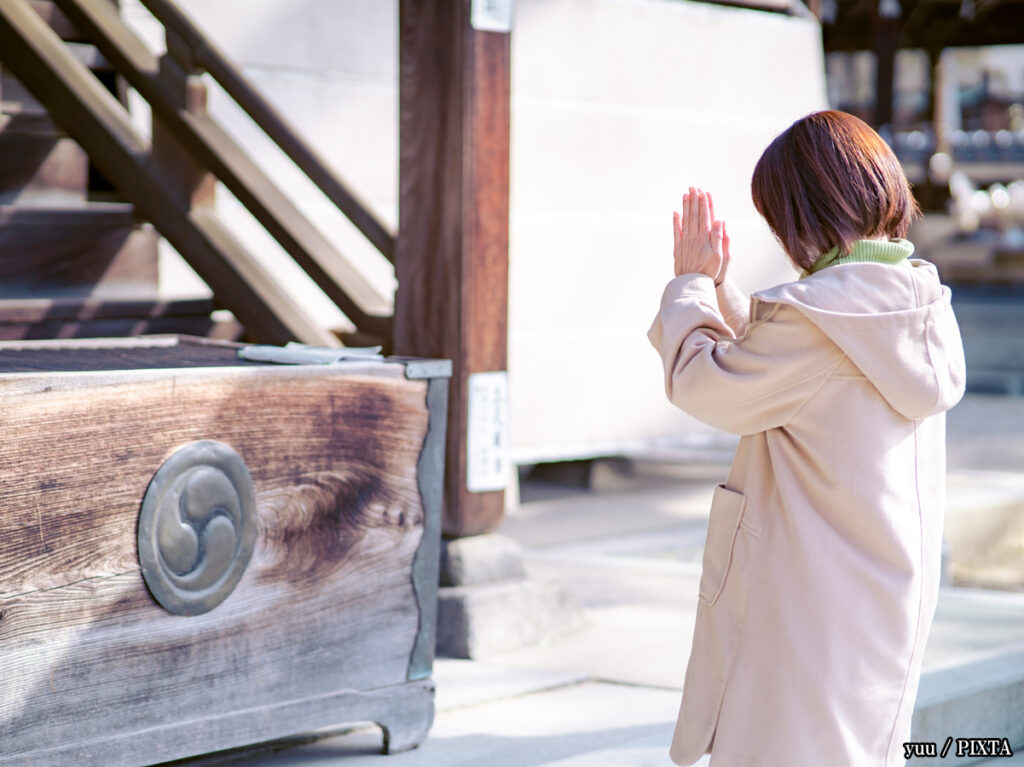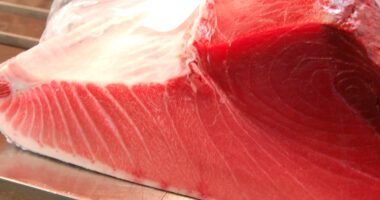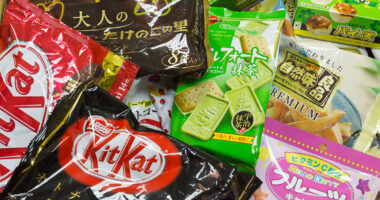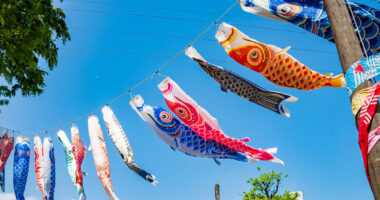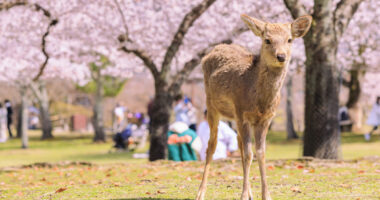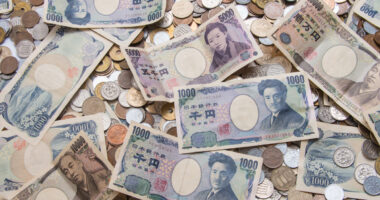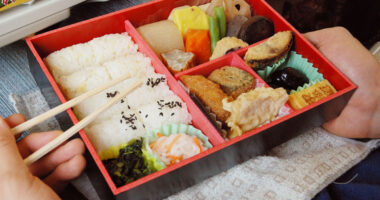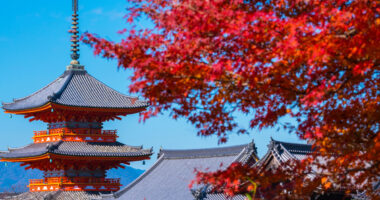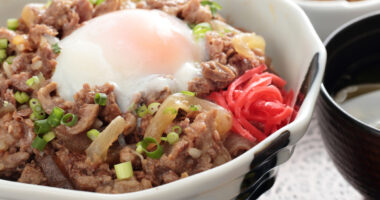Ever felt like life has a built-in “plot twist” phase? In Japan, this isn’t just a feeling—it’s a cultural belief known as yaku. Spiritually significant stretches of time thought to bring misfortune, they’re wrapped in age-old rituals, protective customs, and deep meaning.
This article explores the concept of yaku in Japanese culture—its origins, how it influences daily life, its relationship to yakudoshi (“calamitous years”), and how people manage these periods to restore balance.
What is yaku in Japan?
Yaku is widely recognized in Japan as a period of spiritual vulnerability, when one’s luck is believed to be at its lowest. Although it’s seen as a natural part of life’s cycle, it’s also considered a time of heightened risk, both physically and spiritually. Rooted in Shinto and Buddhist traditions, yaku prompts people to engage in rituals to protect themselves and mitigate misfortune.
The concept is not tied to any specific religion but rather is deeply ingrained in Japanese beliefs about fate and the spiritual forces that govern human lives. It is rooted in both Shinto and Buddhist traditions, and it has evolved over the centuries. People often take steps to avoid or neutralize the effects of yaku. They believe that spiritual and ritualistic actions can help mitigate the damage caused by these bad luck years.
The historical and spiritual origins of yaku
To fully understand yaku and its cultural significance, it’s essential to trace its roots to Japan’s ancient cosmology, religious traditions, and evolving social beliefs. The concept of “bad luck years” is not merely superstition—it represents a profound belief in the delicate balance between human life, spiritual forces, and the natural world.
Origins in Onmyōdō and Shinto-Buddhist syncretism
The roots of yaku can be traced back to Onmyōdō, a Japanese esoteric cosmology blending Taoist, Buddhist, and Shinto beliefs. Practiced by court diviners called onmyōji, Onmyōdō identified certain years in a person’s life as times when negative energies, or kegare (impurity), could accumulate—making individuals more prone to illness, accidents, and other misfortunes. From these ancient beliefs emerged the concept of yakudoshi—specific ages considered especially prone to bad luck. In Shintō, these years are seen as times when saiyaku (calamities) are apt to occur, prompting people to visit shrines for purification rites known as yakubarai. Today, prominent Buddhist temples such as Nakayama-dera in Fukuoka also offer year-round prayers to dispel misfortune during these vulnerable years.
What are yakudoshi?
Here’s the information about yakudoshi for men and women presented in a clear table format:
| Gender | Yakudoshi |
|---|---|
| Men | 25, 42, 61 |
| Women | 19, 33, 37 |
Among these, 42 for men and 33 for women are considered taiyaku—great calamity years, where the danger or misfortune is believed to be at its peak.
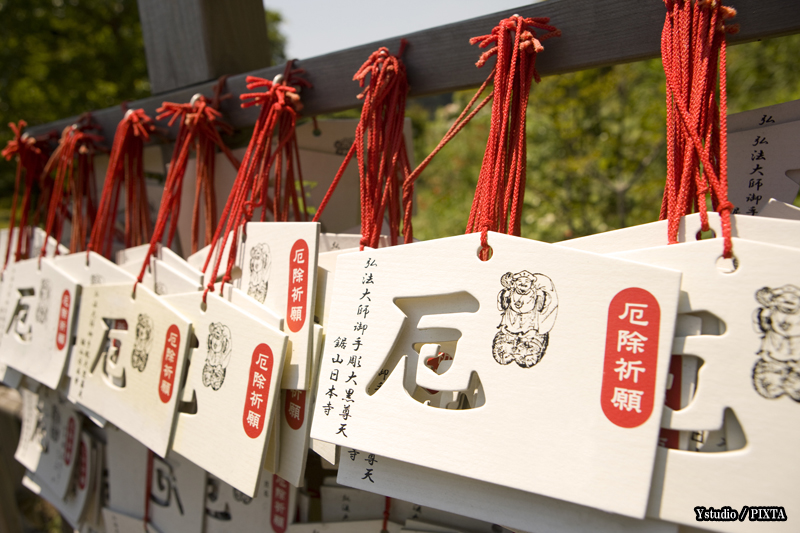
Photo for illustrative purposes
The role of yaku in daily life and cultural events
Yaku is not only a spiritual or religious idea—it also serves a social and psychological purpose. These designated years often coincide with major life events, such as entering adulthood, raising a family, mid-life responsibilities, or aging. Framing these transitions as yaku years encourages people to take a pause, reflect, and seek support from their community and spiritual practices.
Yaku’s reach extends far past the individual. Historically, entering a yakudoshi age signalled a new civic duty: the person joined the local miyaza, helped organise shrine festivals and even carried the mikoshi (portable shrine), so neighbours shared both the responsibilities and the purification rites. That communal ethos survives today at the family level—shrines and temples welcome relatives to attend yakubarai services together, providing moral support while the misfortune is ritually lifted. In this way, yakudoshi remains a group effort that expresses the Japanese ideal of wa (social harmony).
These rituals involve chanting, offerings, and cleansing rites to invite divine protection and renew one’s spiritual balance. In many cases, people take home protective amulets, called omamori, and participate in community rituals to reinforce a sense of spiritual security. However, in some cases, individuals might also participate in ceremonial events, such as festivals or special prayers, to cleanse themselves of bad luck and restore their spiritual balance.
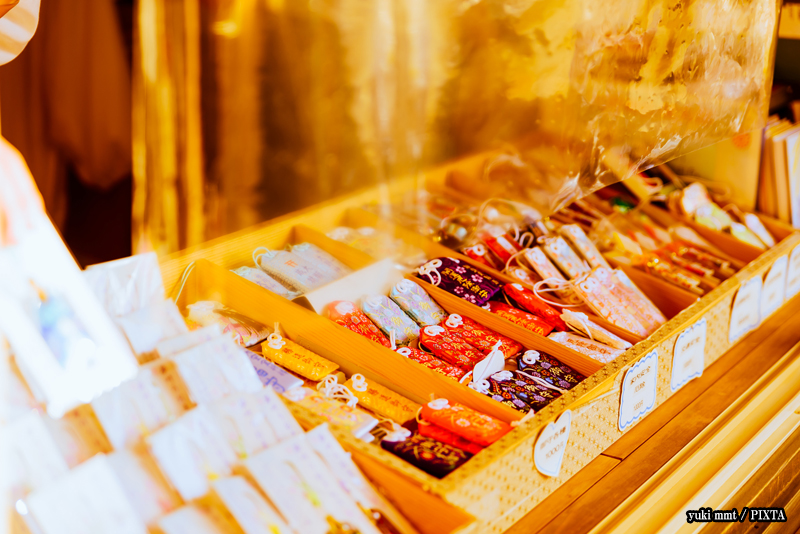
Photo for illustrative purposes
Here are a few well-known Shintō (and syncretic Shintō-Buddhist) observances that people commonly visit during a Yakudoshi year to ward off Yaku and regain spiritual balance:
- Setsubun “Bean-Throwing Day”
When: 3 Feb (the day before “spring” begins in the traditional lunar calendar) Where: Practically every shrine and temple nationwide (e.g., Sensō-ji, Heian Jingū)
How it dispels yaku: Participants fling roasted soybeans while shouting “Oni wa soto! Fuku wa uchi!” (“Demons out! Fortune in!”) to drive away misfortune for the coming year.
- Ōharai “Great Purification”
When: 30 Jun & 31 Dec
Where: Major shrines such as Meiji Jingū and Ise Jingū
How it dispels yaku: Priests swing a giant ōnusa wand or guide worshippers through a reed ring (chinowa-kuguri) to purge collective kegare accumulated over six months.
- Yakuyoke Daishi Festival
When: 14 – 15 Jan
Where: Kawasaki Daishi (Heiken-ji Temple) in Kawasaki (Kanagawa), known as a famous “Yakuyoke Daishi” temple
How it dispels yaku: Pilgrims receive paper charms and recite the Heart Sutra while priests perform prayers specifically aimed at removing yaku (misfortune).
How do Japanese people recognize and deal with yaku?
Recognizing a yaku year usually involves traditional astrology, but many people also take part in preventive rituals like yakuyoke at the start of a yakudoshi year.
Yakuyoke literally means “misfortune prevention.” This spiritual practice is performed at temples or shrines and is believed to cleanse individuals of the negative energy that may follow them during a Yaku year. Large temples like Kawasaki Daishi in Kawasaki, or Zōjōji Temple and Kanda Shrine (both in Tokyo) are especially known for their yakuyoke ceremonies. The ritual often includes prayers by priests, purification rites, and sometimes even special blessings with sacred objects. People also commonly receive protective charms, omamori, to carry with them throughout the year.
While yakubarai means dispelling or purging the bad luck which has already accumulated, the purpose of yakuyoke is to prevent bad luck from occurring in the first place, and it is performed either before entering a yakudoshi year or at the start of the year.
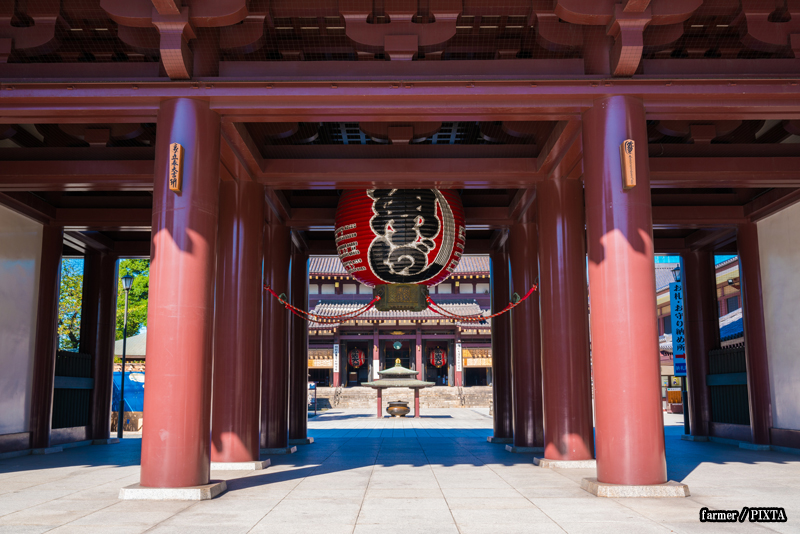
Photo for illustrative purposes
For visitors or those unfamiliar with Japanese traditions, participating in a yakuyoke ritual can be a powerful cultural experience. While some locals do it privately, many temples hold public ceremonies—especially during the start of the new year. It’s a symbolic way to “reset” and step into a new phase of life with clarity and protection.
Related article:
“How to Experience a Yakuyoke Ritual in Japan: A Step-by-Step Guide for International Visitors.”
This guide walks you through each stage of the process so you can confidently participate and truly connect with this ancient custom.
The relationship between yaku and yakudoshi
While yaku and yakudoshi are closely related, they are not the same thing. Yakudoshi refers specifically to certain ages in life that are considered especially unlucky, while yaku is a broader term that encompasses bad luck in general. The two concepts often overlap, but they can also stand alone.
The influence of yaku in modern Japan
While many traditional beliefs in Japan have evolved over time, the concept of yaku still holds cultural significance today. In modern society, fewer people may actively believe in bad luck years, but the rituals and customs associated with yaku continue to be practiced by many, particularly those who value traditional spirituality.
As Japan continues to modernize, many people view these customs through a cultural lens rather than a strictly spiritual one. Visiting a shrine for protection during a yaku year has become more of a way to seek peace of mind than a strict belief in supernatural forces. Nonetheless, the importance of these rituals reflects Japan’s deep respect for spiritual traditions and the desire to maintain a connection to the past.
In a globalized world, Japan’s rich cultural heritage, including its beliefs about yaku, offers valuable insight into the country’s unique worldview. Travelers who wish to understand Japan on a deeper level will find that customs like these not only highlight Japan’s spiritual practices but also reveal how the past continues to shape the present.
Conclusion: embracing the cycle of life
Understanding yaku and its cultural significance offers a unique perspective on Japanese beliefs surrounding luck, fate, and spiritual balance. Yakudoshi, are not just periods of misfortune but opportunities for growth, reflection, and renewal. Through rituals, prayers, and community support, Japanese people navigate these challenging times with resilience and respect for tradition.
Understanding yaku and yakudoshi provides insight into Japan’s spiritual rhythms, where periods of misfortune are seen not only as challenges but as chances for growth and renewal. Through communal support and ritual, Japanese people navigate these times with resilience and respect for tradition.
Curious to learn more about Japan’s beliefs, traditions, and customs?
The journey doesn’t end here. Umami bites invite you to dive even deeper into Japan’s spiritual wisdom. Unlock more secrets of Japan’s rich customs and discover how age, fate, and belief come together in the concept of Yakudoshi—Japan’s notorious “unlucky years.”
Continue your cultural discovery here!
